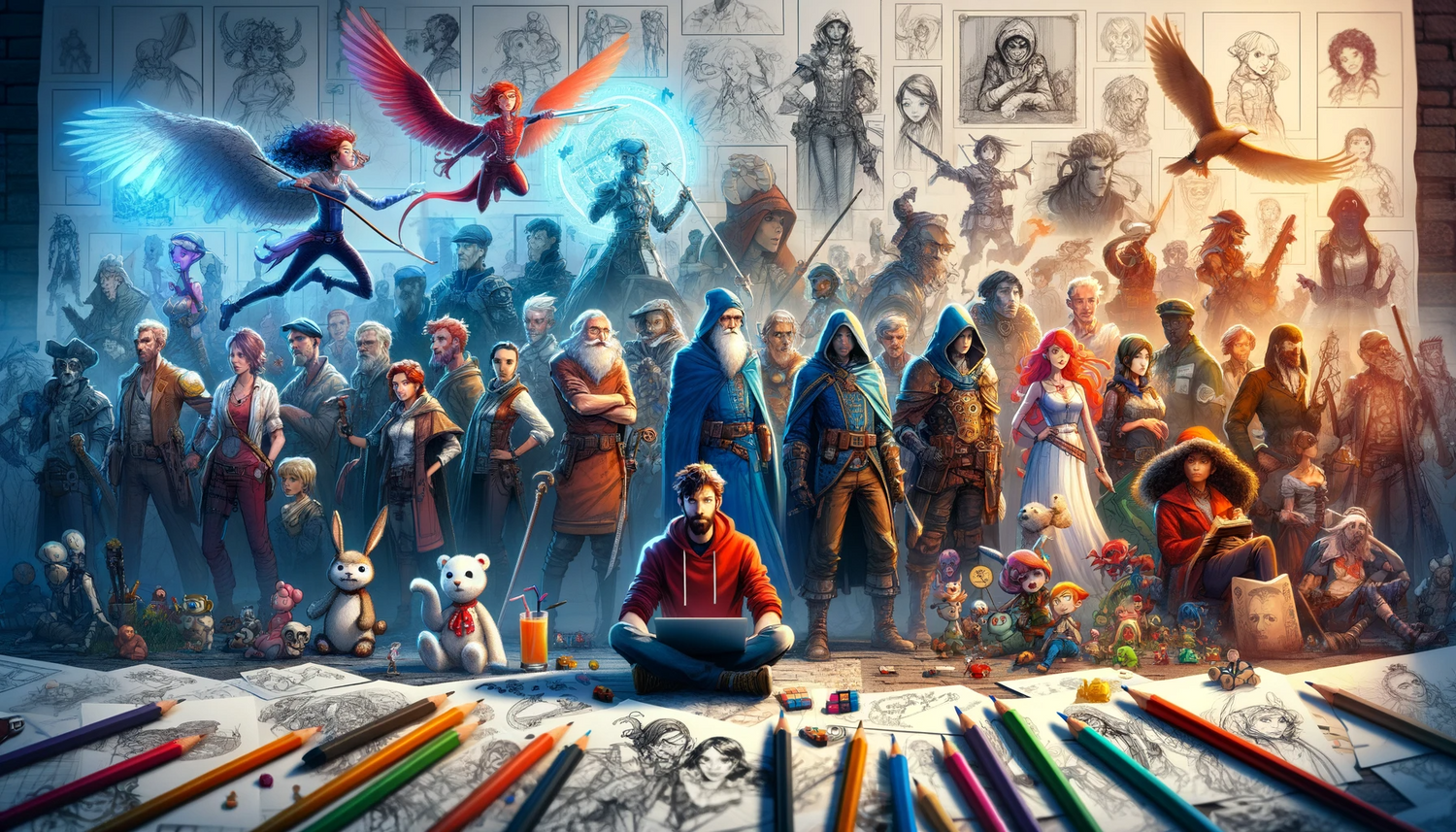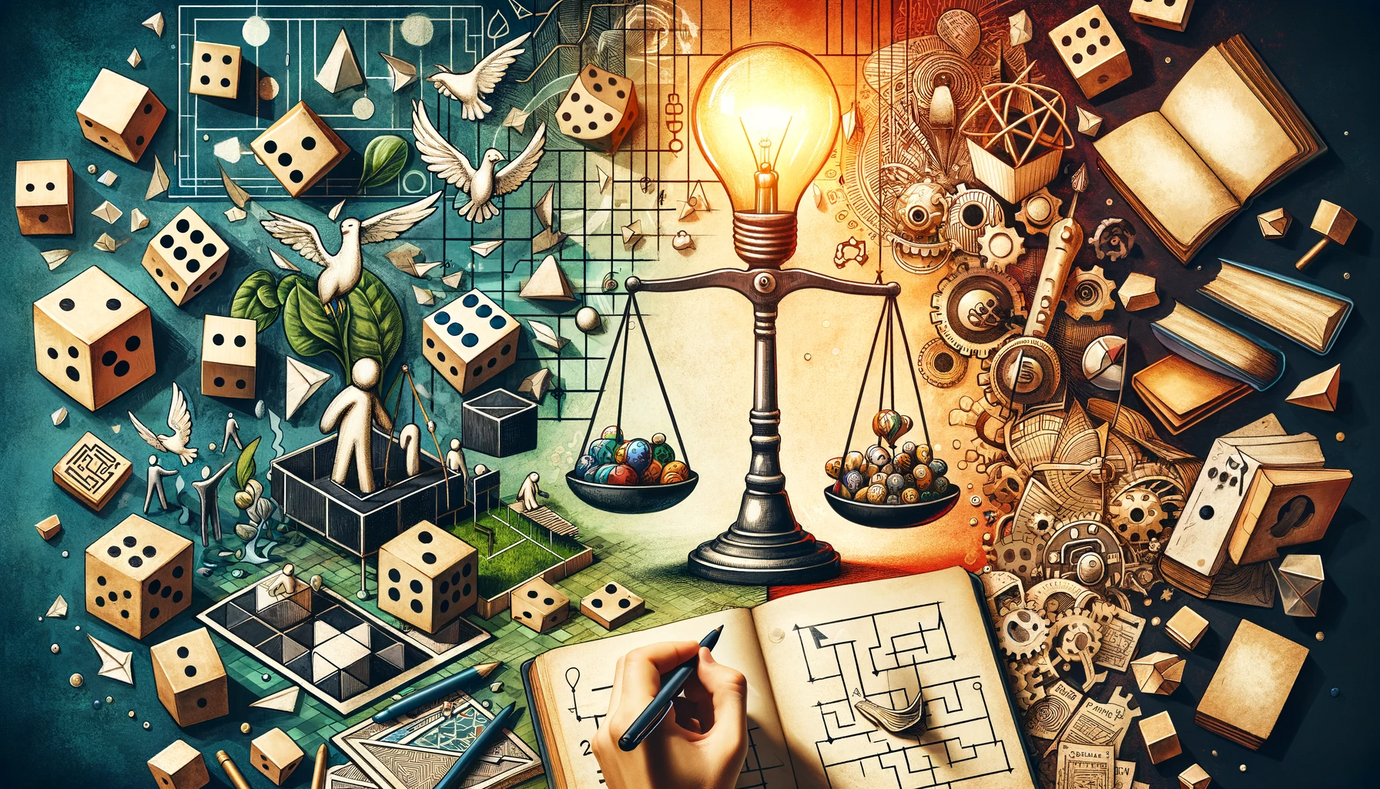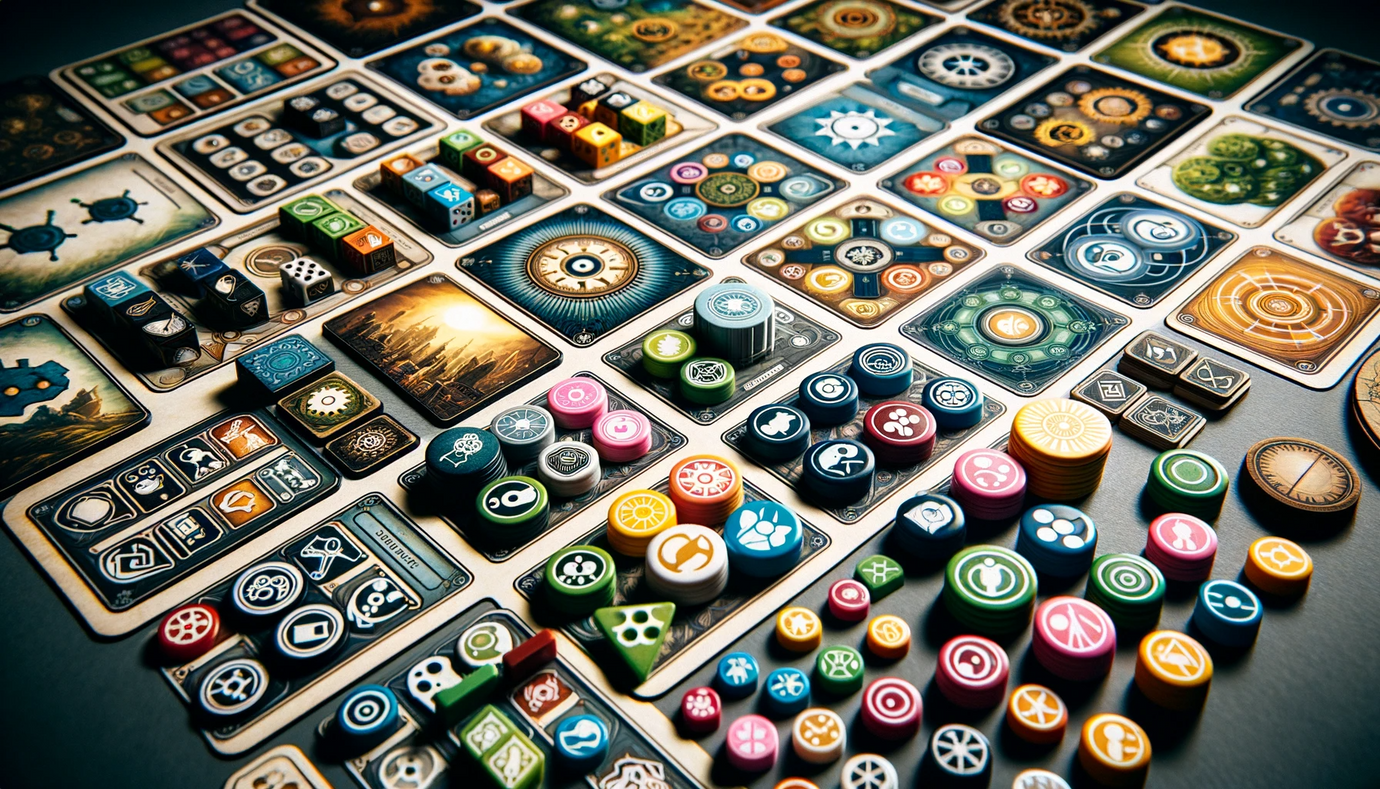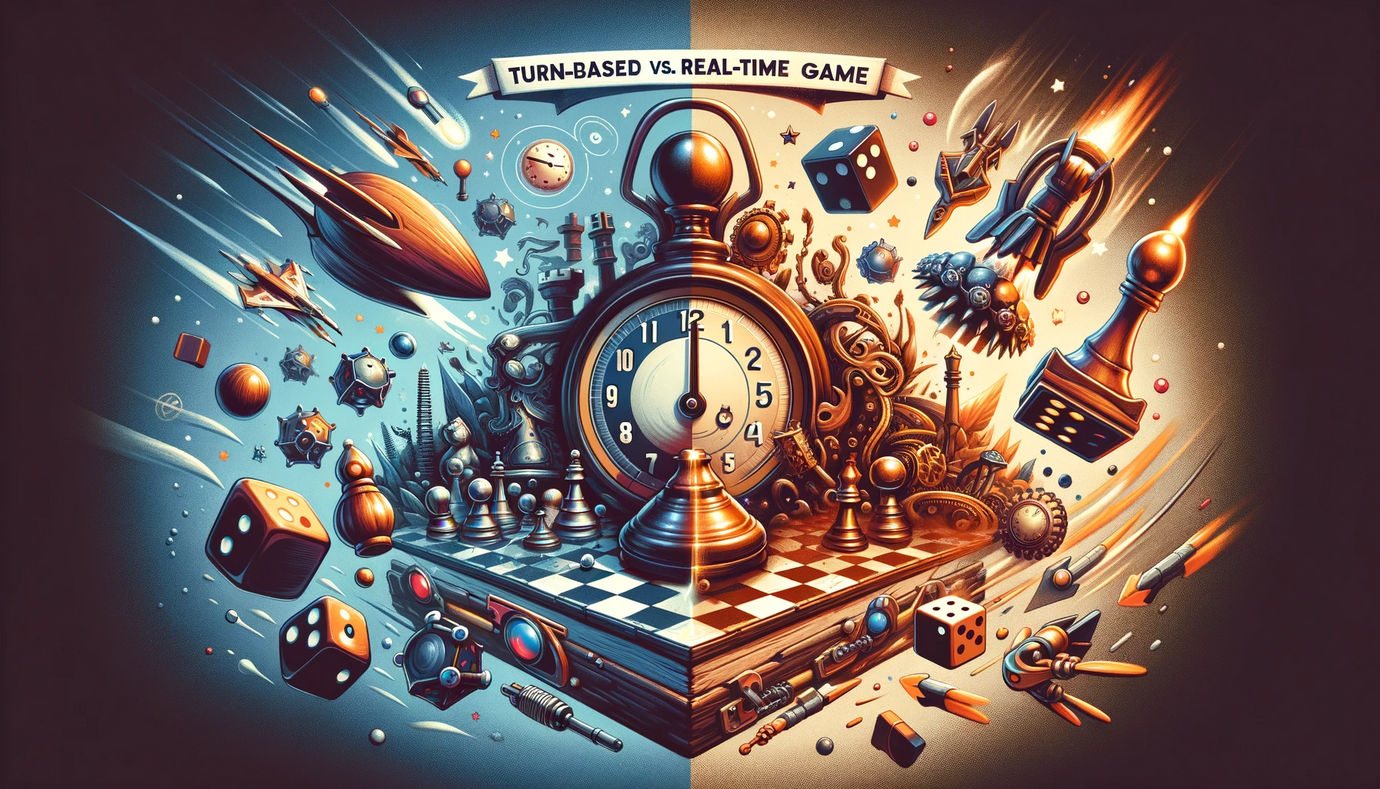Designing Engaging and Unique Characters for Games

Introduction
Character design is a vital aspect of game development, bringing depth, personality, and a human touch to both board and card games. Whether your game is set in a fantasy realm, a futuristic universe, or mimics real life, characters can significantly enhance player engagement and immersion. This blog post will guide you through the process of designing engaging and unique characters for your game, ensuring they enrich the gameplay experience and resonate with players.
Understanding the Importance of Character Design
Characters in games are not just pieces or avatars; they are the conduits through which players experience the game world. Well-designed characters can evoke emotions, create connections, and add to the narrative depth of the game.
1. Start with a Clear Concept
Defining Character Roles: Determine what role characters will play in your game. Will they be protagonists, antagonists, allies, or neutral parties?
Aligning with the Game's Theme: Ensure that your characters fit the theme and setting of your game. A character in a sci-fi game will be vastly different from one in a historical setting.
2. Develop Backstories and Personalities
Creating Backstories: Give each character a backstory that explains their motivations, strengths, weaknesses, and how they fit into the game's world.
Personality Traits: Assign personality traits to your characters. This can range from brave and adventurous to cunning and deceptive, depending on the character's role and backstory.
3. Designing Visual Elements
Physical Appearance: Create distinctive visual designs for your characters. This includes their attire, physical features, and any iconic items or symbols associated with them.
Consistency in Art Style: Ensure that the art style of your characters is consistent with the overall visual design of the game. This helps in maintaining immersion.
4. Integrating Characters into Gameplay
Character Abilities and Skills: Design abilities or skills that reflect each character's personality and backstory. These should influence how they are played in the game.
Impact on Game Mechanics: Consider how characters interact with the game mechanics. For example, a character might have a special ability that allows them to break certain game rules.
5. Balancing Character Abilities
Ensuring Fairness: Balance character abilities to ensure that no single character is overwhelmingly powerful or weak compared to others.
Variety and Choice: Offer a variety of characters for players to choose from, each with unique abilities and playstyles.
6. Testing and Refinement
Playtesting: Test how characters perform in the game. Observe whether they are fun to play and if their abilities are balanced.
Feedback and Iteration: Gather feedback from players on character design and gameplay impact. Use this feedback to refine and adjust character designs.
7. Storytelling Through Characters
Narrative Integration: Use characters to advance the game’s narrative. This could be through character-driven storylines, quests, or conflicts.
Character Development: Allow for character development throughout the game. This could be in the form of leveling up, acquiring new skills, or evolving relationships with other characters.
8. The Role of Dialogue and Interaction
Character Dialogue: If your game includes dialogue, ensure it reflects each character’s personality and backstory.
Interactions Between Characters: Design interactions between characters that reflect their relationships and histories. This adds an extra layer of depth to the game.
9. Finalizing Your Characters
Polishing Details: Once you have refined your characters through testing and feedback, finalize their designs, abilities, and backstories.
Consistency Check: Do a final review to ensure consistency in character design across all game elements, including artwork, rulebooks, and promotional materials.
Character design is a crucial component of game development, capable of significantly enriching the player's experience. By creating well-rounded, diverse, and balanced characters, you not only enhance the gameplay but also forge a deeper connection between your game and its players. Remember, each character is a story in itself, and through effective design, these stories come alive, transforming your game into an immersive and memorable adventure.








